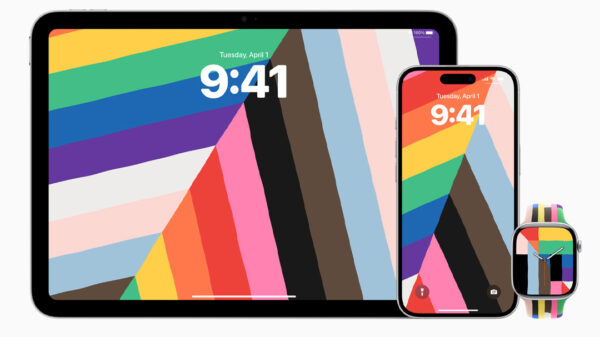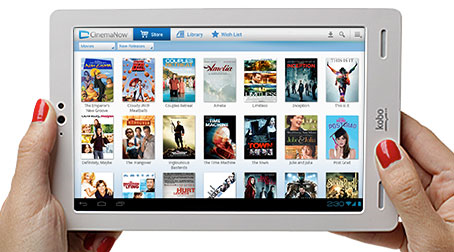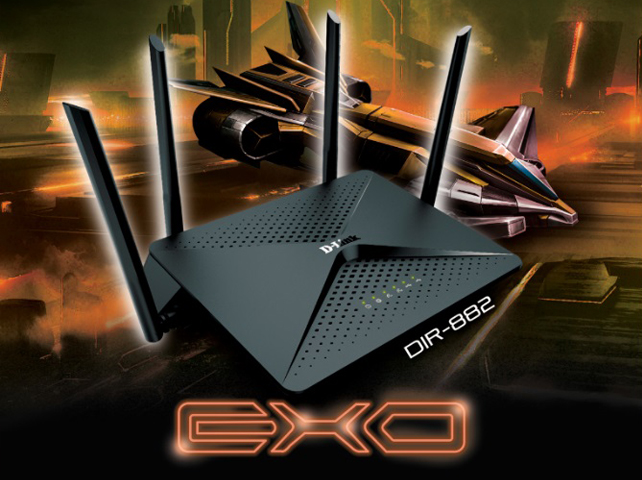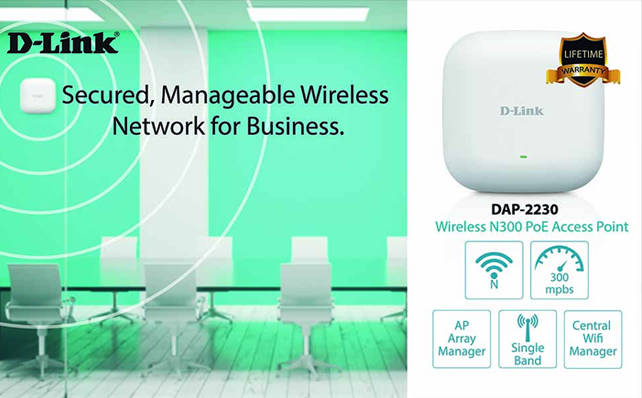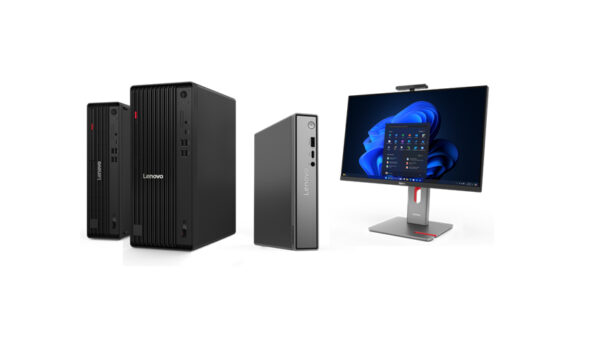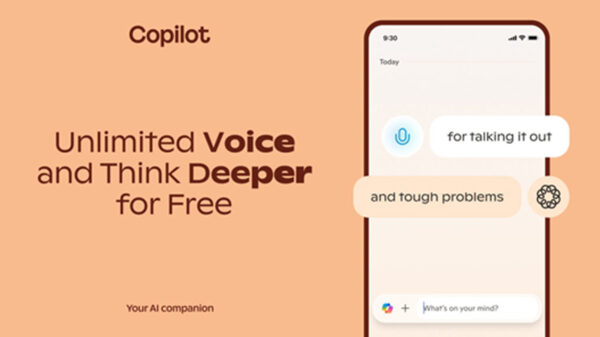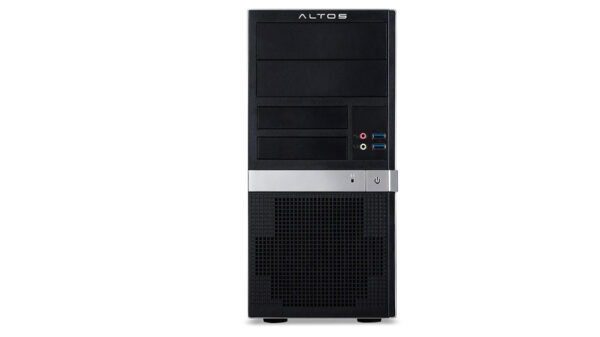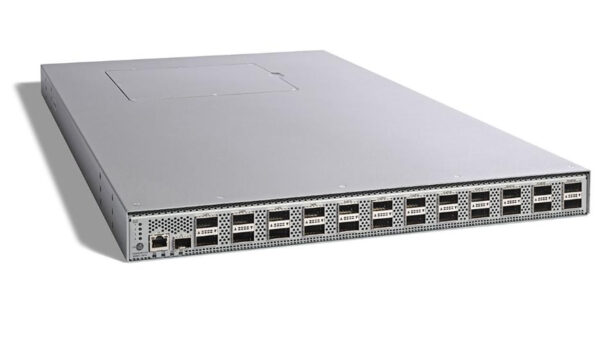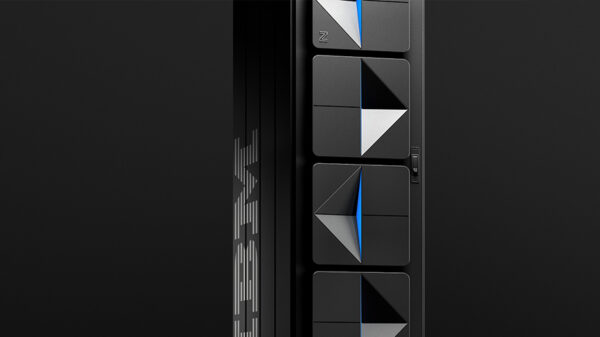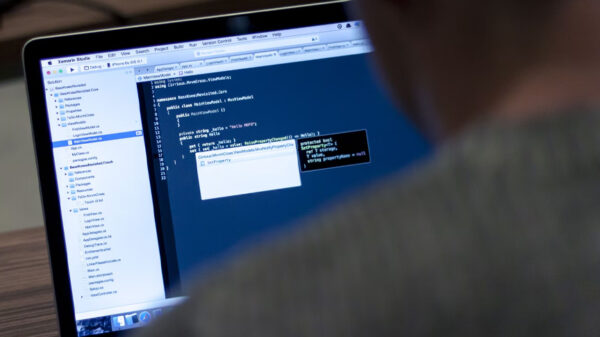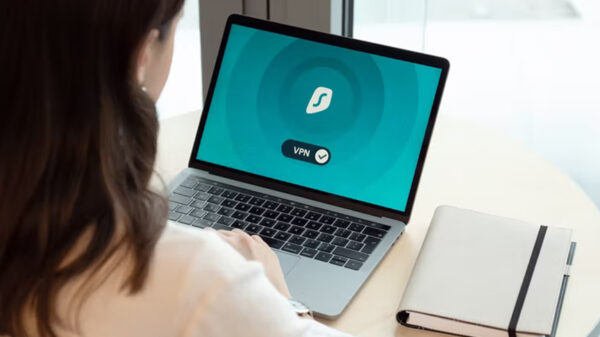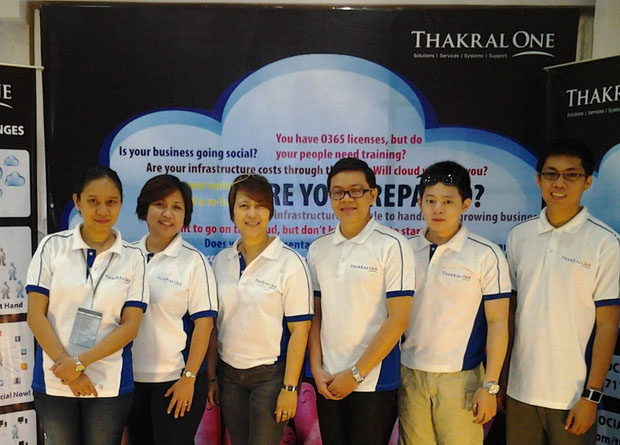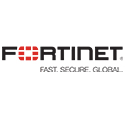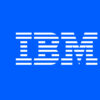Fortinet introduced the Blockchain, a distributed ledger technology that is said to store and simplify business transactions while reducing costs and settlement times, thereby eliminating fraud as well as enhancing transparency.
The technology, which is run by a participating group on a peer-to-peer basis, works by enabling transactions to be verified and validated on the network, and have them encrypted to ensure that it is immutable or cannot be changed. The ledger is replicated throughout the network so it is available to anyone in the group, and the peer-to-peer basis, being consensus-driven, has no chance of committing fraud by a single individual.
“Adopting distributed ledger technology means each of us has a copy of all transactions that we deal with one another. In any point of time and in any ledger that has been compromised, in case the system was attacked, destroyed or corrupted, it doesn’t matter because all of us have copies. What we need is to replicate it. This drives high level of trust and robustness on the ledger,” said Matthew Kuan, solutions director for APAC ofFortinet.
Known as the underlying Bitcoin technology infrastructure for sending secure payments or transfer of value, Blockchain provides transparency because transactions are embedded within the network so no one can change or conduct fraud on transactions, and it cannot be controlled by any single entity.
With Blockchain, users can verify identities or transactions of anyone in the group in such a short time. Kuan cited as an example the remittance services in the Philippines where a client usually is charged with remittance or exchange rate fees and will wait for a couple of days before he gets hold of the money. With Blockchain, you no longer need to pay for a hefty remittance fees as it is driven by electronic currencies where all participants are the people who are involve in the remittance business who keep a ledger. And because it is electronic, you don’t have to wait for three days.
“It is immediate. The transfer is instant so once you transfer money from point A to point B, it will take only three minutes. Cost-wise, it is very low and the chances of fraud are extremely low. This is how Blockchain benefits users and businesses,” Kuan said.
However, while a user may benefit from Blockchain, there are also security concerns that must be addressed. Access and control are security components that may be looked at. Participants must be protected from unauthorized access. “Blockchain applies the security on a personal account and you are the only one liable to have access and control. It’s a legit transaction to you,” said Jeff Castillo, Fortinet’s assistant regional director for Southeast Asia and Hong Kong, and country manager, Fortinet Philippines. “With Blockchain security in place, everything that you send out to a certain person or company is secured and at the same time, already verified by a large community. The level of trust is a lot higher when you have a set of compliance that is already in place before they send everything to you.”
Another security risk, which Kuan said has been identified, was the Distributed Denial of Service (DDoS) where it can disable the blockchain organization and infrastructure, or anything that can access the Internet. In this case, the infrastructure and applications that run on Blockchain are the concerns. Site change, or the linking up of another chain to the main chain, is also a security challenge as this can result to fraudulent activity and failure of the system, according to Kuan.
Kuan noted that the Blockchain technology is still very young but it is beginning to arouse a lot of interest. “The financial industry is taking the lead as a lot of fintech start-ups are adopting the delivery of similar banking and financial services that’s on Blockchain platform. The technology can also be deployed in the transportation, government, logistics and manufacturing sectors,” he ended.









